All beautiful landscapes and areas have one ugly spot: one place where they concentrate all those warehouses, tyre vendors and utilities that they need – like everybody else – but prefer to keep out of sight.
And so, while the glittering towns and beauty spots get themselves ready for the ball (aka the annual tourist season): freshly painted and bejewelled with ancient sites and historic architecture, Cinderella quietly goes about the business of serving her more beautiful sisters: incinerating waste, treating sewage, generating energy.
On the Italian Riviera, this Cinderella town is called Savona.…
…the surprise package of the Italian Riviera
Admittedly, Genoa herself is not the most glittering beauty either, but she has 1000 years of history to make up for it: which is why she is cast as the dowager queen rather than the ashen-faced maidservant, with her shady but also ancient past and every little bijoux town aware that, without Genoa’s protection in the past, they would have fallen to Saracen invaders many times over.
Savona, the surprise package of the Italian Riviera, conversely, looks every bit the Cinderella part, at least that’s what you feel when you pass through on the train: the skyline is dominated by ugly modern buildings, and chances are the weather will be grey and cloudy.
Note that, at this time of year, the people on the platforms are dressed differently than they would be in Nice or Sanremo, wrapped up in the type of coats and thick winter jackets that you rarely see further to the west.
In fact, we only went because we had been to all major towns along the coast and needed Savona to complete a full set, like a boy who collects toy car models and has them all with the exception of, say, the Bugatti 407: he has no specific interest in this model and would, probably, under any other circumstances not want to own it, but since he already has all the other cars from the series, he feels compelled to make an effort.
So it would be fair to say that our expectations of what we would find in Savona were somewhat modest. But hey, whaddoyaknow: life is full of surprises!
Why is Savona the surprise package of the Italian Riviera
It would be equally fair to point out, before we get carried away too much, that the area just out of the train station serves to confirm the worst fears one may harbour about the place – this is where all the buildings are concentrated that constitute Savona’s ugly skyline.
But once you have crossed the modern Piazza del Popolo, things are looking up, and the streets are lined by an interesting mix of various 20th century architectural styles, from the Grand Bourgeois Manner …
… to the Grand Political Gesture of the Mussolini era.
Savona really gets going the further east you go, towards the marina, and there is a great deal to discover on Via Paleocapa Pietro …
… as well as in the adjacent side streets.
From afar (from the train), it may not be obvious that Savona has an Old Town at all, so it comes as a surprise to find out how big this quarter actually is. In style and flavour, Savona’s historic town centre is – as it is geographically – closer to Genoa than to Sanremo, and densely atmospheric (occasionally even a bit gloomy) rather than lighthearted and cheerful.
You may, if you had previously judged Savona based on fleeting glimpses from the train (guilty as charged, your honour), be surprised to find out that it is by no means a modern town that was built exclusively to serve more ancient and prettier neighbours.
In fact, it turns out, the town’s history reaches back many hundreds of years, and in the Middle Ages, Savona was the German Emperor’s most important regional ally in his perennial quarrels with the Pope.
Savona has a long-standing (also architectural) association with the patrician Della Rovere family, whose most famous scion was Pope Julius II (aka Rex Harrison opposite Charlton Heston’s Michelangelo in The Agony and the Ecstasy).
Savona also has its own Sixtine Chapel, dedicated to another pope from the same family, Sixtus IV (he who built the eponymous Vatican chapel, as opposed to Rex Harrison who had it decorated).
There is a lot of stuff to discover, and you will find that Savona is not simply another Hull, Port Arthur, or, in all due respect, Lowestoft.
Throughout its history, Savona’s principal rival – and ultimate nemesis – was Genoa, and in 1528, the Genoese finally managed to subdue their pesky and unruly neighbours, destroying much of its harbour and medieval buildings.
As a sign of their dominance, the Genoese built a huge fortress on the eastern fringes of the Old Town which has survived virtually intact to this very day (it served as Italy’s largest military prison until 1903) and is fascinating to explore.
The fortress is a truly amazing piece of architecture, consisting mainly of walls behind walls behind walls, almost like a hedge maze without the hedge, and you can get lost in there for hours.
And then, at the bottom of the walls, you can see what remains of the ancient Savona that once stood on the site of today’s fortress: parts of the convent that was destroyed by the Genoese to make way for their military structure, but, in fact, this was also the site of far older settlements reaching back into the early Middle Ages and beyond into antiquity – built, destroyed and rebuilt in an endless circle of extinction and renewal.
In the beginning, we were wondering whether Savona would have enough to keep us entertained for the best part of an afternoon – in the end, it turned out to be far, far too much to take it all in. That, probably, was the biggest surprise of the day.

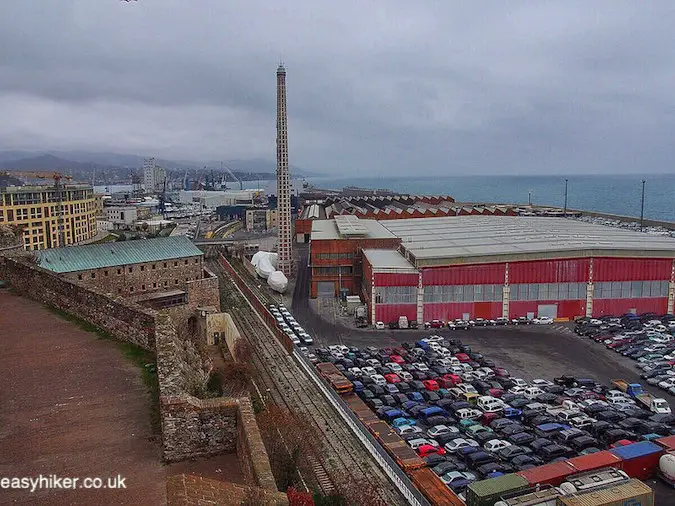
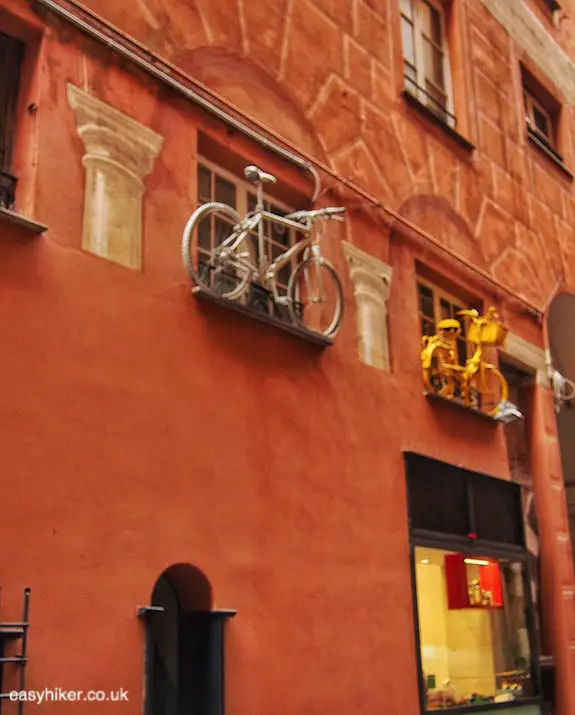
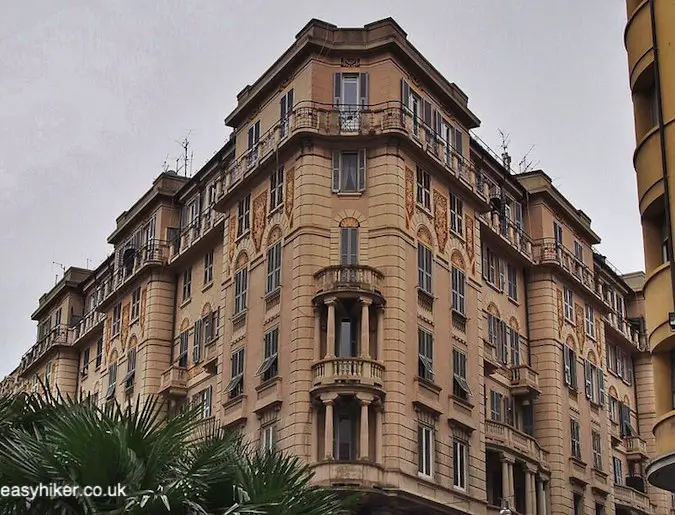
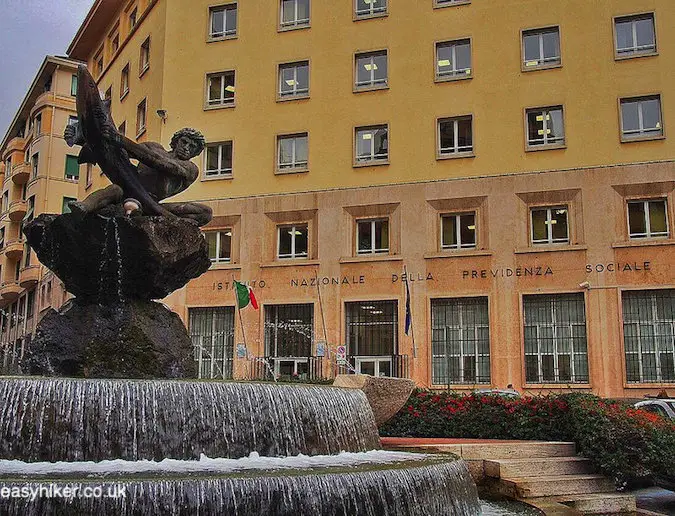

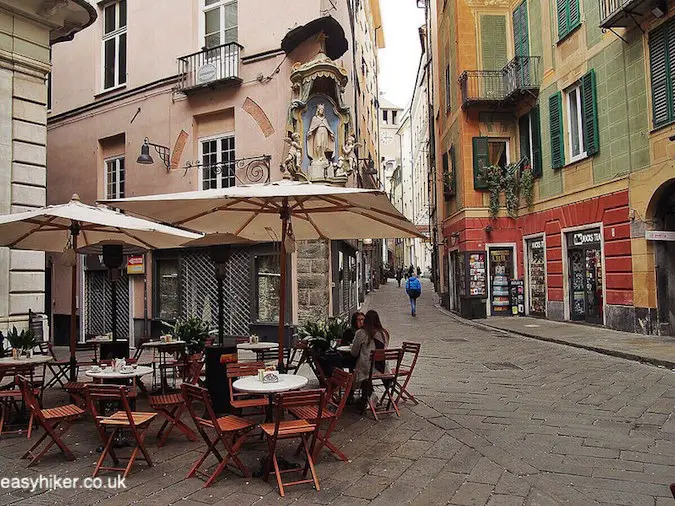
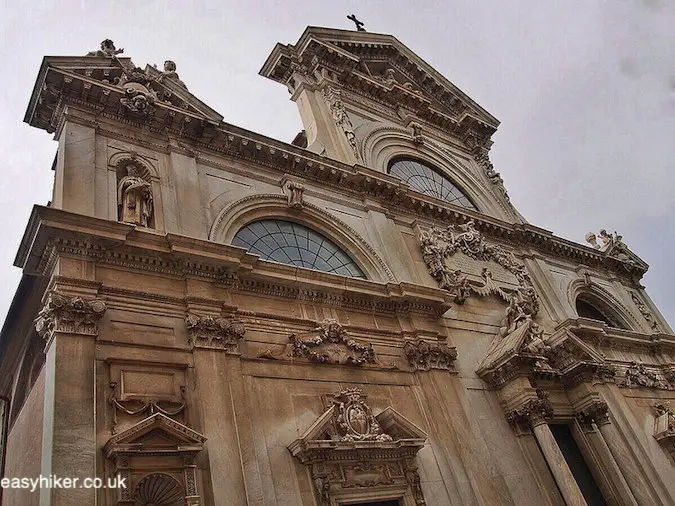
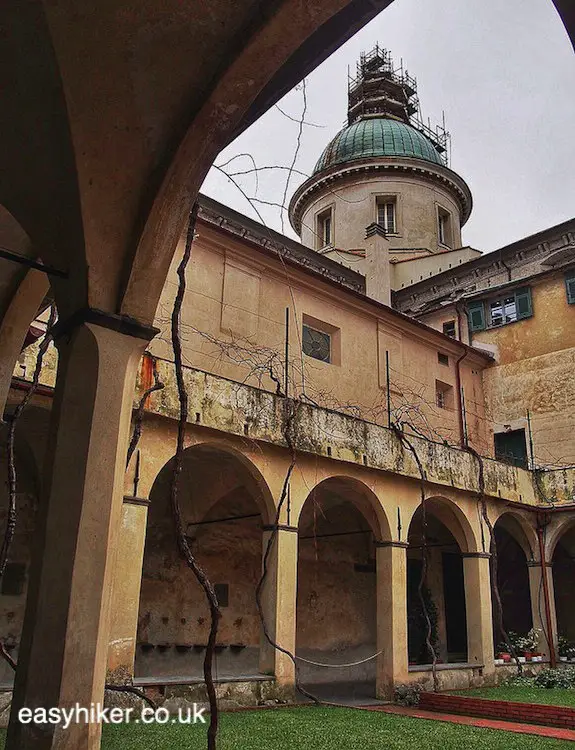

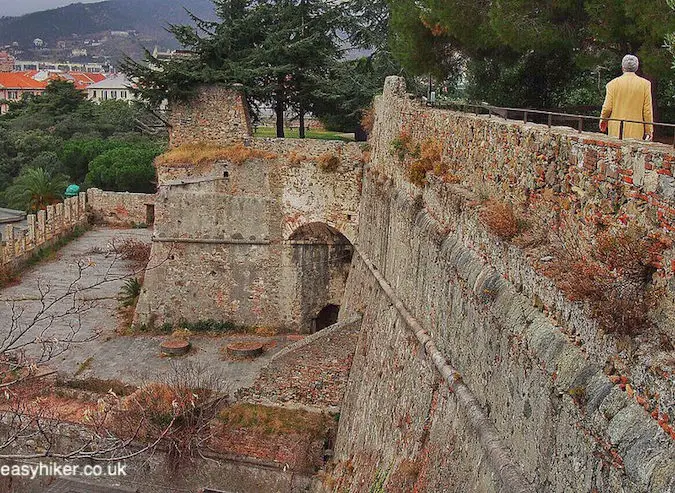
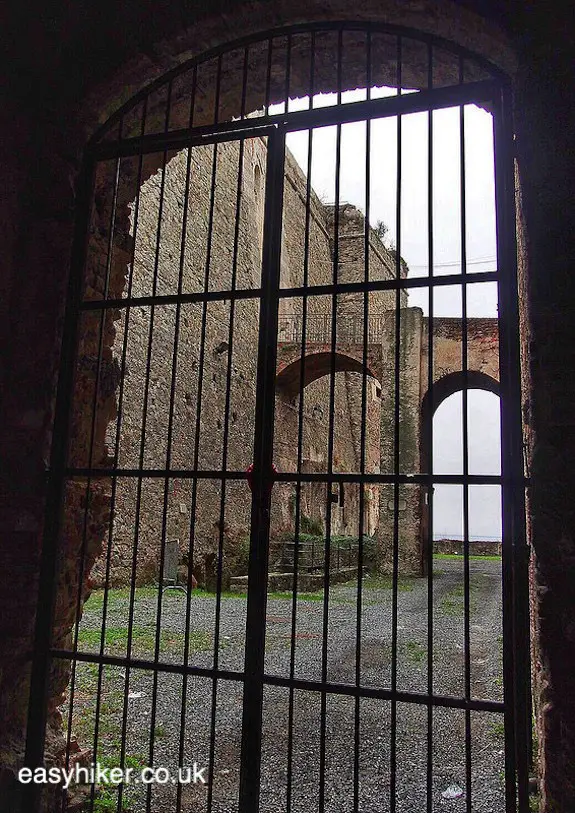

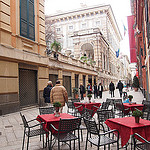
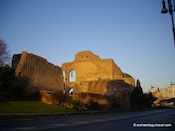
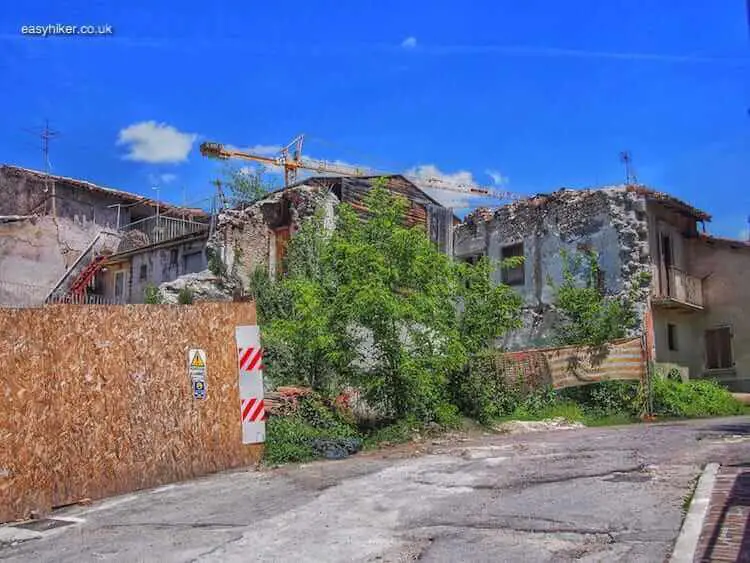
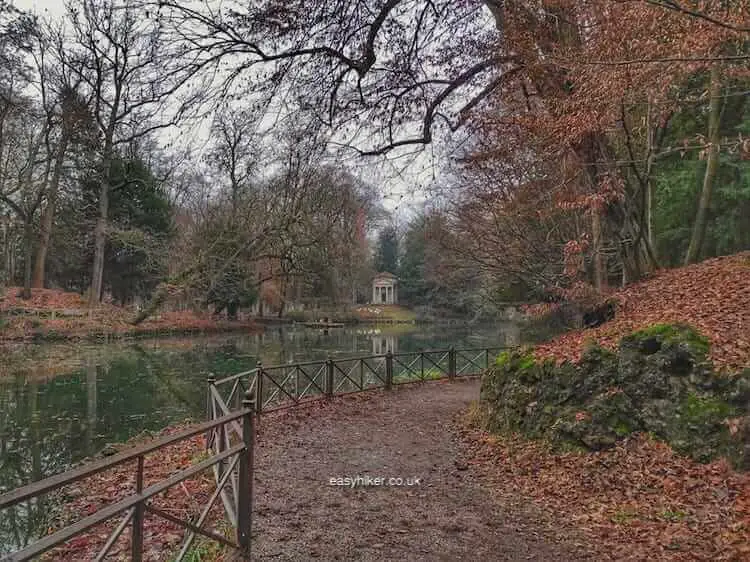
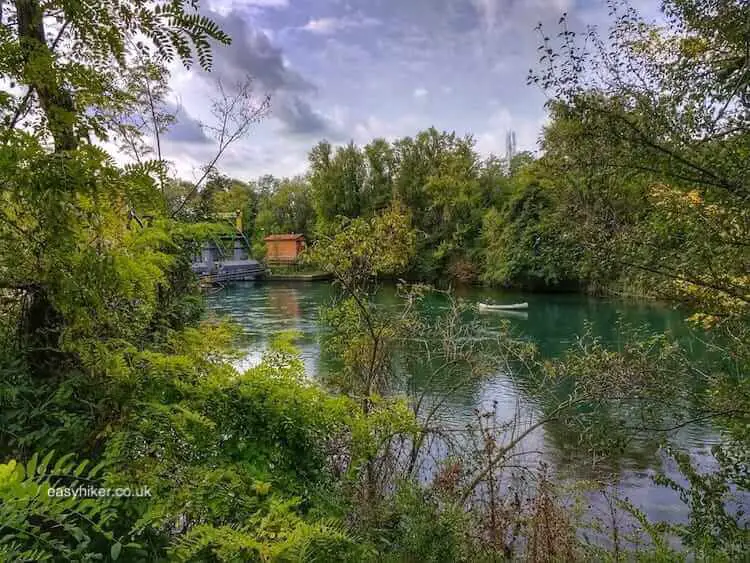
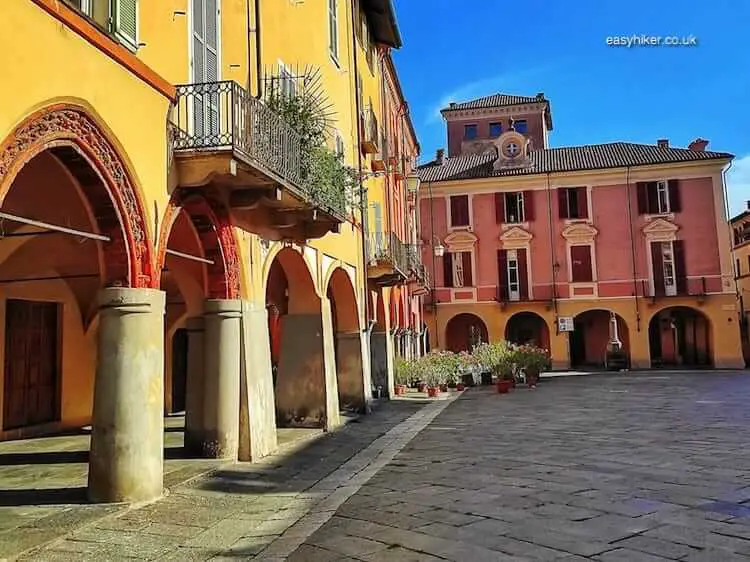
Grazie Katia. Si, Savona é cosi!
Complimenti per l’articolo…Savona è così ?
Glad you liked our post, Sergio. Thanks for dropping by!
Magnificent presentation of a beautiful Italian cities
You are welcome, Silvio. I’m glad you enjoyed my article. And thank you for taking the time to leave your comment.
Dear Easyhikers
Thank you for your cute picture of my town.
I am from Savona and since I travel quite a lot on business I have actually a compare.
Unfortunately our town has been administrated by grey and uncultured politicans for too many years.
In addition of what you have seen, there were other beautiful buildings left by our ancestors such, as example, the old train station in liberty style, which has been demolished.
On the contrary they allowed the construction of lot of building in soviet style:
Same style of their mind!
Silvio
I’m glad you liked our post about Savona, Claudia. Thanks for dropping by and your kind wishes!
Dear Easyhiker, Savona is my hometown, but now I live away. So, to my big surprise, I found this comment so true, correct and touching that I simply wanted to thank you for writing and sharing it.
Love and peace. May the road be light to you.
Claudia